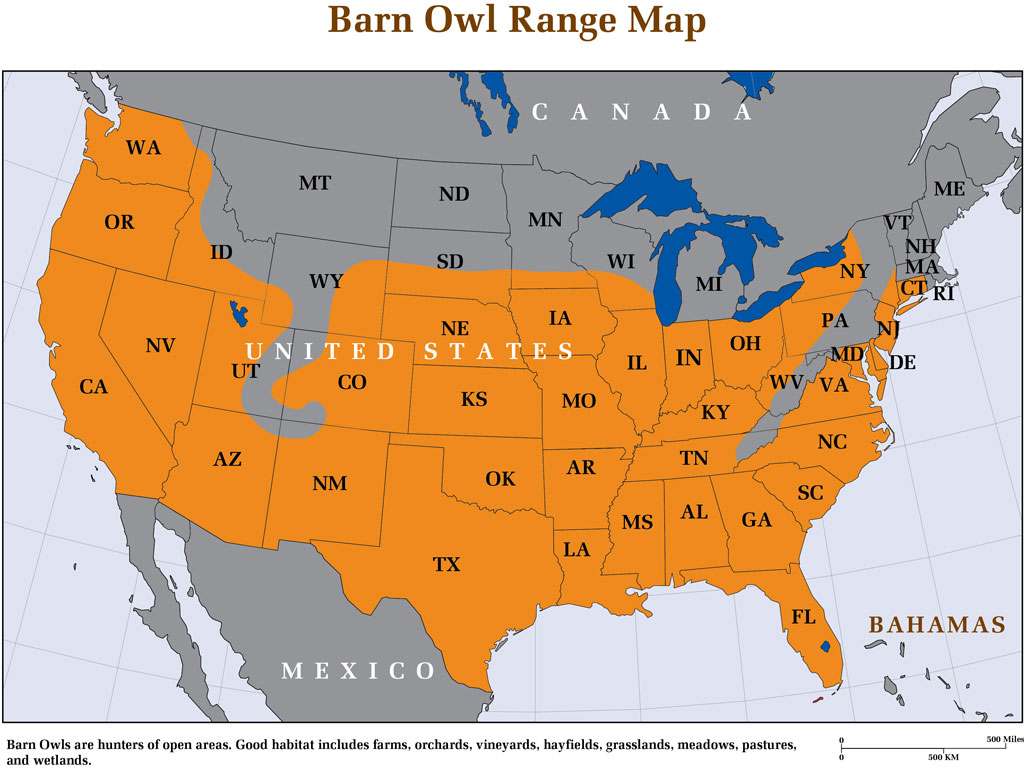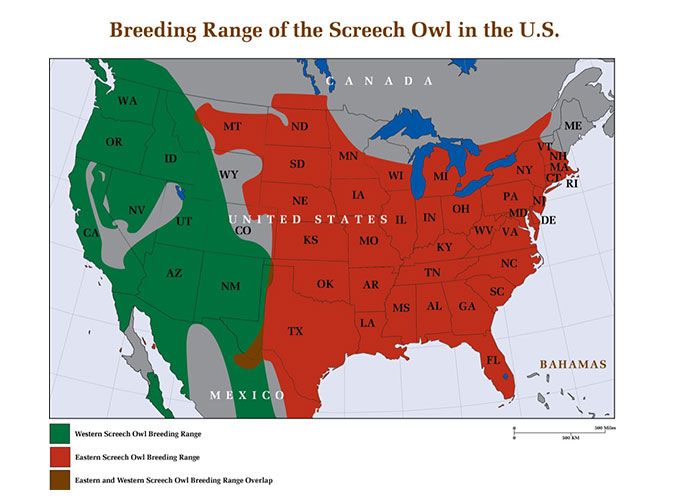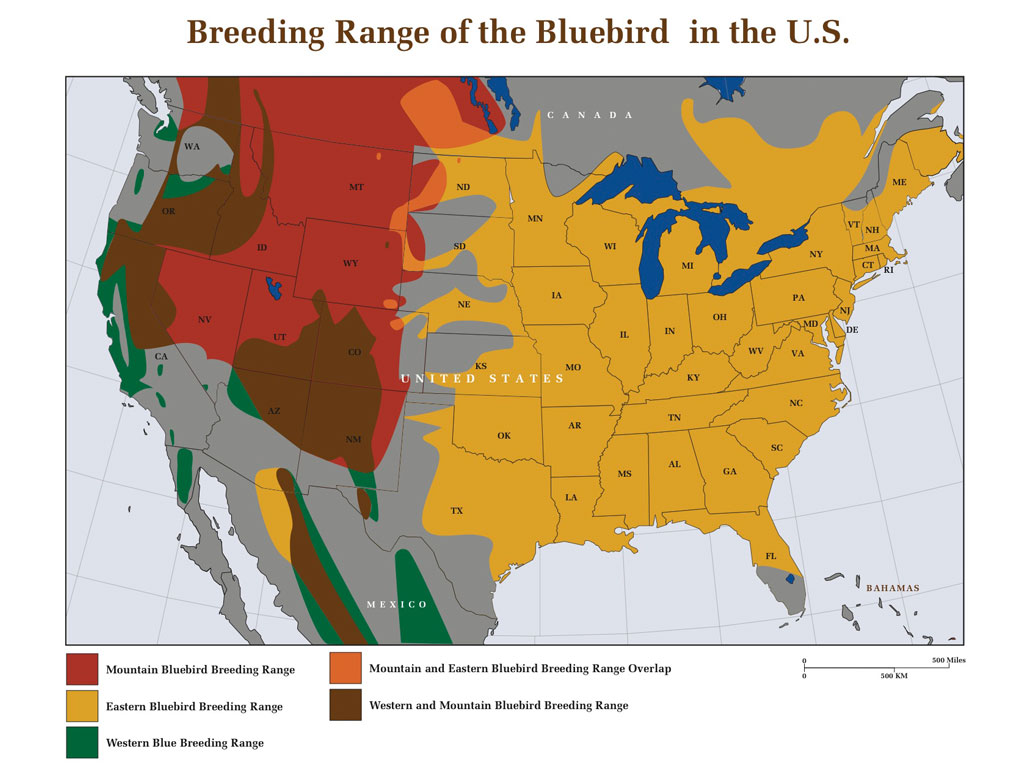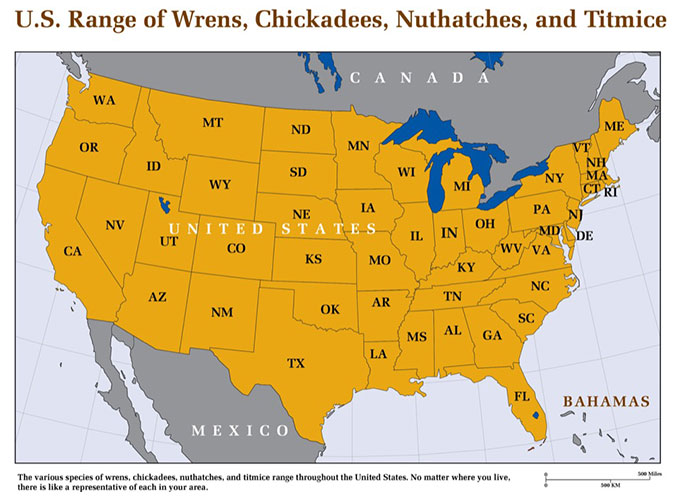Free Shipping to the Contiguous United States
South Carolina Barn Owls
Barn Owls in South Carolina
South Carolina is an important state for barn owls. Satellite tracking studies of barn owls have shown that a high percentage of young barn owls in the northern states migrate in the fall down over the eastern mountains and onto the coastal plains. Many of them winter in good habitat from the Carolinas all the way along the Gulf states to as far as Louisiana. One such bird flew 450 miles from western Pennsylvania to St. Stephens, South Carolina and hunted along a canal there through the winter, then in spring flew back to a barn in Ohio, sixty miles from its original release point. Besides being an important migration route as well as wintering ground for northern birds, South Carolina has always harbored good resident populations of this big white owl. However, in recent years, with changing agricultural practices, spreading suburbs, and a decline in the numbers of barns, barn owl populations in the state may be declining in some areas.
South Carolina Department of Natural Resources
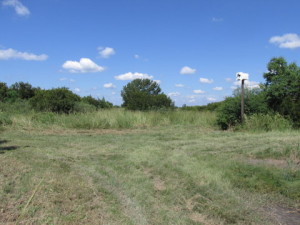
In an effort to strengthen state barn owl populations, the South Carolina DNR has been erecting barn owl nest boxes since the mid 1990’s. Their focus has been mainly in coastal areas, particularly areas of salt water marsh and old rice fields, both excellent habitat. They have also begun erecting boxes in areas with grasslands and ponds. Out of 44 nest boxes monitored in 2014, 35 of these were of our plastic design from the Barn Owl Box Company. Overall, the DNR reported that 86.6 % of the nest boxes were either used for nesting (50%) or roosting (36.6%), leading to the conclusion that their nest box program is a very effective management tool for barn owls. This is particularly true because barn owls are cavity nesters, and when barns and large hollow trees are unavailable, nest boxes are an excellent enhancement of good habitat.
The Cape Romain Bird Observatory Project
The Cape Romain Bird Observatory Barn Owl Nest Box Project encourages farmers and property owners along the southeastern part of the state to install barn owl nest boxes. The organization provides nest box plans, and occasionally helps fund materials. Interested individuals can contact them by clicking on the link above.
Prey of Barn Owls in South Carolina
One study of 91 pellets taken from eight nest boxes in salt water marsh habitat revealed voles comprised 63% of prey taken. Another 19% was comprised of rice rats, with black and cotton rats making up another 3%. Rice rats are a major pest in grain fields, and barn owls have excellent potential to help lower their numbers and lower crop damage in fields where rice is grown.
Occurrence of Barn Owls in South Carolina
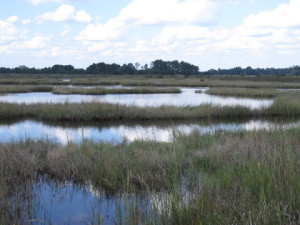
Barn owls likely occur throughout the state, however the heaviest populations occur in the counties along the coast, with barn owls mostly scarce in the Piedmont. Other robust populations appear to be in the central part of the state particularly in Calhoun, Clarendon, Sumter, and Lee Counties. These areas are largely rural and agricultural. Another area with reliable reports is from Anderson County – these sightings have been on farms with hay and pastureland. Regions of pine plantations, heavy forest, and fields of cotton, soy, and corn provide poor habitat for the barn owl.
Attracting Barn Owls with Nest Boxes in South Carolina
Barn owls keep a keen eye out for potential new nesting sites, and as long as you live in an area with hay, pastureland, grasslands, or wetlands, you stand a good chance of attracting a pair of these beautiful birds. Biologists throughout the barn owl’s range encourage residents to install nest boxes in good habitat. If indeed you do succeed in attracting barn owls, contact the South Carolina DNR which monitors state populations.
A special thanks to wildlife biologist Mary-Catherine Martin of the South Carolina DNR for providing valuable information for this article and both photographs.

